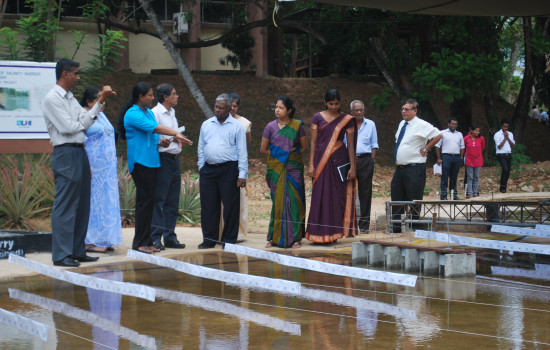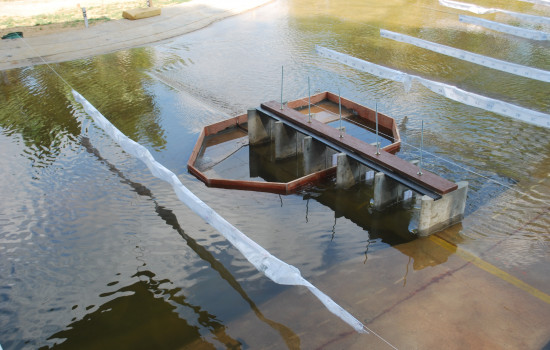Water Resources Projects
Matara Stage IV Water Supply Project: Consultancy Services for Construction of Salinity Barrier across Nilwala River
Category
Water Resources Projects
Country
Sri Lanka
Location within country
Matara,
Name of client
National Water Supply and Drainage Board
Start/Completion Years
2015 - 2016
The most reliable water source available in the project area for supplying drinking water to Matara and its suburbs is Nilwala River. It is already used as a water source of Matara Integrated WSS since 1963.National Water Supply and Drainage Board (NWS&DB) has proposed to implement Matara Stage IV Water Supply Project during the period of 2014 – 2017 to increase the service level of the Greater Matara area by achieving effective and sustainable use of water in Matara district. This project would further improve service level of high elevated areas.
The Matara Integrated WSS scheme presently caters 66585 connections with its present-day capacity of 51,000 m3/d (NWS&DB presentation). With this proposed augmentation, the water supply capacity is expected to be increased up to 114,000 m3/d (NWS&DB, 2015) to serve an estimated 600,000 consumers by the year 2035.
An intake has been proposed at Katuwangoda around 15 km upstream from the Nilwala river sea outfall. There are three existing water supply intakes in the vicinity of the proposed intake naming Nadugala (from 1963), Kadduwa (from 1983) and Balakavila (1998). The major objectives of the study are
(a) Prevention of salt water intrusion into water intakes
(b) Design and locate a salinity barrier with small or zero impact on flooding, navigation and the environment
The mentioned main objectives lead to the following list of subsidiary objectives:
• To carry out hydrological and other studies to confirm the selected location for salinity barrier, and design the dimension of the salinity barrier while at the same time minimizing the following environmental impacts:
a. Increase of flood levels
b. Possible adverse water quality occurrences in the upstream pond
c. Morphological changes with special attention to siltation of existing intakes
d. Impacts on river transport if any
e. Other environmental impacts
f. Minimum Flows to satisfy needs of other users
The main project features and scope of work are as Data Collection and Desk Study, Field Investigations (Discharge water level Measurements, Salinity and Water quality measurements, and river bed sediment sampling, Hydrological and Hydraulic studies, Design and cost estimate, Necessary environmental studies



